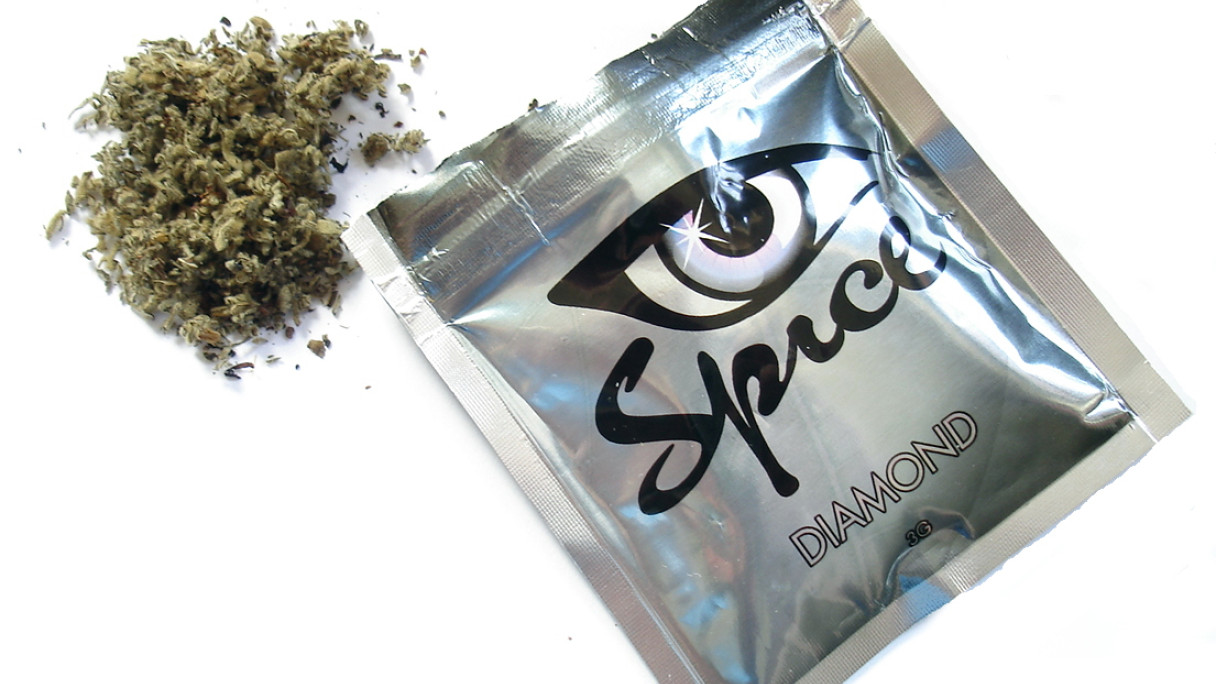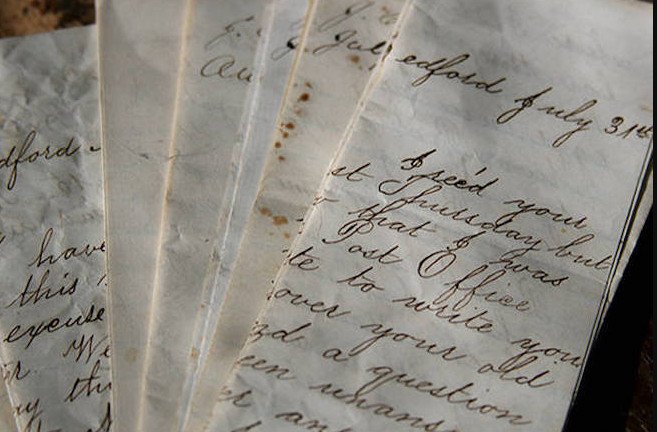Australian brides have embraced the latest wedding trend of having native flower bouquets, yet their flannel flowers, waratahs and banksias are often ironically arranged with noxious weeds.
Declared pests, including cotton bush and asparagus fern, are not just a nightmare for landholders, livestock, and native ecosystems, some can also be toxic to humans and animals. So why are brides carrying them straight toward their future husbands or wives?
Ignorance is wedded bliss
Biosecurity experts say many florists and wedding planners are oblivious to how harmful some plants can be.
Vaughn Byrd, chair of the Peel Harvey Biosecurity Group in south-west Western Australia, said he was alarmed to learn of the use of cotton bush in bridal bouquets. “I really question how many florists actually know it’s a declared species,” he said.
“The biggest issue is ignorance, quite frankly.”
Weeds are estimated to cost Australia’s agriculture industry more than $2.5 billion every year, and their use in floristry has been banned in WA since 2007, so when one of Mr Byrd’s volunteers spotted an arrangement containing cotton bush at a local wedding expo, he was baffled.

Credit: abc.net.au
“I’ll put my hand up. I’m one that’s had cotton bush, but I spray it regularly,” Mr Byrd said, who is also a landholder.
“Cotton bush is toxic, it will take over.
“It’s filled with thousands and thousands of little seeds.
“It will just choke out your pastures, it will take over everything, it will get to the point where livestock have difficulty actually travelling through it — financially, it could cripple people.”
Australia’s peak body representing the cut flower industry has been trying to educate its florists about their destructive use of weeds for years, but the executive officer of Flowers Australia, Shane Holborn, said work was slow because many of them thought they were doing farmers a favour.
“The critical point for us is education and people understanding why it’s a problem, because at the moment they really just don’t get it,” Mr Holborn said.
“A lot of the response is, ‘why is it a problem when we’re taking these weeds out of the environment?’ They don’t really understand what happens next — that by taking those weeds out, selling them and then passing them around, they’re potentially spreading them and that costs the community and the environment. It’s terrible, really.”
Mr Holborn said some pest plants were so deeply rooted in the wedding industry that they were colloquially referred to as things like ‘bridal creeper’.
Others, such as pampas grass, were the subject of a huge eradication campaign from Perth to Albany, but a quick search on social media shows how popular the weed remains on wedding tables and arbours across WA.
Roadside value versus street value
While growers of native flowers are currently struggling to meet the demand of a quickly growing trend, some florists are picking weeds from abundant patches on the side of the road.
“At the moment, if a florist sees a massive weed patch of asparagus fern, they’ll just note it and then go back to it whenever they need to get some foliage,” Mr Holborn said.
“In fact they’ve got a joke name for that sort of stuff — they call it ‘road-sidea’.”

Credit: abc.net.au
Mr Holborn said weeds were free, easy to access, earned sellers a solid profit and fit the ‘back to basics’ aesthetic that many contemporary brides and grooms wanted.
However Mr Holborn said there were native plants that could be used in their place.
“Things like koala fern, goanna claw, dingo ferns, emu feathers — they’re all native foliage that have almost the exact appearance of the weeds that are currently being used,” Mr Holborn said.
“They’re already developed and they’re already commercially available, but oftentimes they’re just a fraction more expensive and you can’t find them for free on the side of the road often either.”
Credit: abc.net.au













